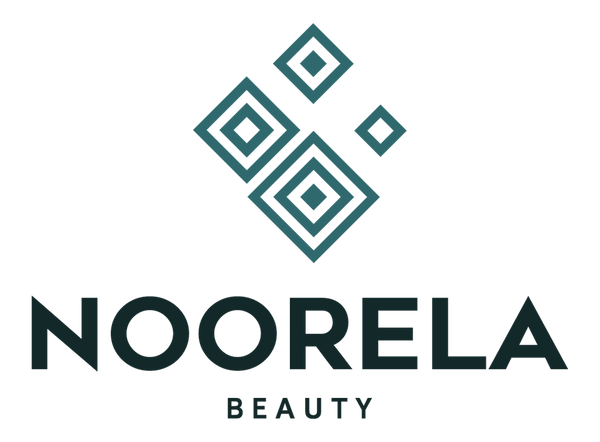
Which Makeup Brush Is Best? A Real-World Guide to Smarter Beauty Tools
Let’s be honest: if you've ever stood in the makeup aisle or browsed online wondering which makeup brush is best, you're not alone. With so many shapes, bristle types, and buzzwords flying around, it’s easy to feel lost. Do you really need a different brush for every product? Does brush shape matter that much? And how do you even know what “best” really means when everyone’s face, routine, and preferences are different?
This guide strips the noise out of the equation. We’re not going to tell you what to buy—we’re going to explain how to think about brushes so you can choose what works.
First Things First: “Best” Depends on the Task
Before you can answer which makeup brush is best, you need to ask: best for what?
The best brush for applying powder isn’t going to be the best brush for foundation. The best brush for blending eyeshadow? Completely different again. So instead of trying to find a magic one-size-fits-all brush, let’s break it down by use case.
Foundation: Smooth, Even Coverage Starts Here
If you’re applying liquid or cream foundation, your best bet is a dense, flat-top brush—often called a buffing brush or kabuki brush. These help press product into the skin and blend it out evenly without leaving streaks. If you prefer lighter coverage, a duo-fiber stippling brush (those with white tips) offers a more airbrushed finish.
Avoid anything too fluffy or floppy. Loose bristles won't distribute product properly and often absorb too much, wasting your foundation.
Concealer: Precision Over Power
For covering blemishes or dark circles, go small. A flat concealer brush is great for precision work—tapping product into tiny areas without wiping it away. For under-eye blending, a small fluffy brush with a dome tip helps diffuse the edges gently.
So, which makeup brush is best for concealer? Think small, dense, and purpose-built—your finger won’t give you the same control or sanitation.
Powder: Go Fluffy
Powder brushes are where size really matters. A large, fluffy brush is ideal for setting your makeup without caking it on. These brushes are soft and loosely packed to allow for a light dusting of product across the face.
If you want to set specific areas (like under the eyes or T-zone), go for a tapered powder brush that offers more control. Again, which makeup brush is best depends on how you like to set your base.
Blush, Bronzer, and Highlighter: It’s All About Shape
For blush, an angled brush hugs your cheekbones and gives you a natural flush. For bronzer, a medium round fluffy brush offers a soft sun-kissed effect without harsh lines. And for highlighter, a small fan or tapered brush is best for precise glow placement.
In this category, which makeup brush is best depends on your product texture too—synthetic brushes for creams, natural (or high-quality synthetic) for powders.
Eyeshadow: Don’t Overcomplicate It
You don’t need a dozen brushes to do eye makeup well. The “core three” will do:
-
Fluffy blending brush – to diffuse edges
-
Flat shader brush – to pack color on the lid
-
Small detail brush – for the inner corner or smudging liner
If you only buy three eye brushes, make them these. They’ll cover most looks from subtle to dramatic.
Brows, Liner, and Lips: Specialty Tools
For brows and eyeliner, the best brushes are angled and firm—these give you control over shape and precision. For lips, a small, flat-tipped brush works best for filling in color and defining edges, especially with bold shades.
These may not be daily-use for everyone, but if you're creating defined looks, they’re essential.
Natural vs. Synthetic: The Real Talk
It used to be that natural bristles were “better,” but times have changed. High-end synthetic brushes are now just as good—sometimes better—especially for cream or liquid products. They're also cruelty-free, easier to clean, and hold their shape better over time.
If you're wondering which makeup brush is best from a material perspective, start with high-quality synthetics. They’re often more versatile and last longer.
You Don’t Need 30 Brushes—You Need the Right Ones
A bloated brush set might look impressive, but chances are you’ll only use a handful. Focus on versatile tools that fit your products and how you like to apply them.
So, which makeup brush is best? The one that:
-
Works with your favorite products
-
Feels right in your hand
-
Gets the job done without fuss
It’s not about price or brand. It’s about function.
Final Takeaway
The best makeup brush isn’t the most expensive or trendy—it’s the one that simplifies your routine and elevates your results. Once you understand your needs, you’ll be able to build a practical, smart brush set without falling into the hype trap.
You’re not looking for the most brushes. You’re looking for the right brushes. And now, you know how to find them.
